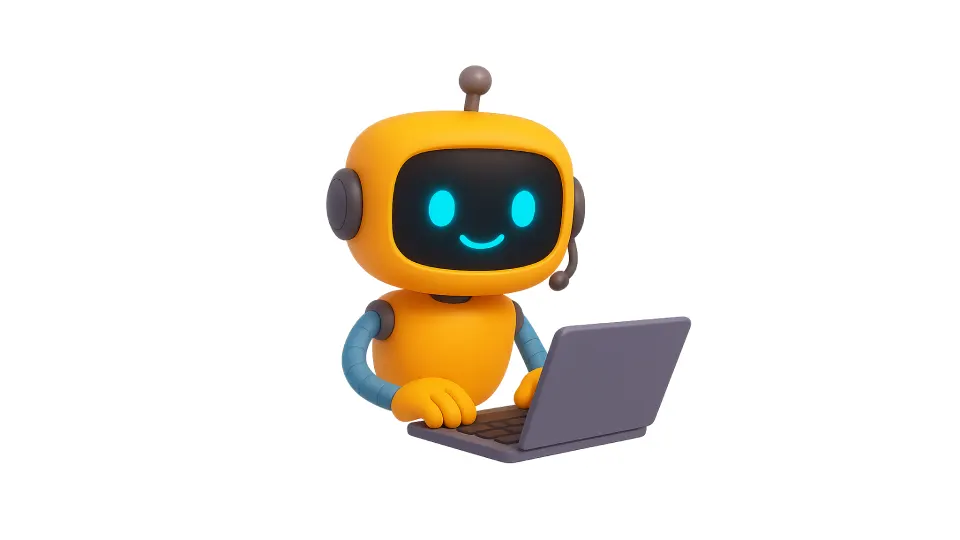There’s a moment in every developer’s life — right after hours of frustration and just before actual progress — where logic takes a backseat and instinct takes the wheel. You squint at your screen, crack your knuckles, type something borderline reckless, and mutter: “Let’s see if the code explodes.”
Do you know that feeling? That sensation? That freestyle-dev coding impulse — when you stop overthinking and just go for it?

What Even Is This Chaotic Coding?
Forget TDD, forget architecture, forget clean code (for a hot second). We’ve all been deep in the zone, floating somewhere between caffeine-fueled genius and sleep-deprived chaos, letting our gut lead the way. You know the syntax (mostly), you know the rules (allegedly), and you decide — just for today — to treat them like polite suggestions.
It’s not about best practices. It’s not about safe commits. It’s about energy. It’s about throwing something at the codebase, watching it run, and praying it doesn’t call the fire department.
It’s a Cocktail: Adrenaline, Curiosity, Chaos
This kind of coding is like bartending in the dark. You’re not sure if you grabbed the gin or the vinegar, but you’re pouring it anyway. You’re not testing — you’re feeling. You sense the flow of the logic. You vibe with the loops. You tango with the API. And sure, maybe you’re using a console.log as your primary debugger. Maybe you’re commenting out half the file to see what happens. But dammit, it’s working. Kinda.
The best part? That little rush of adrenaline when it compiles. Or at least doesn’t throw 37 errors. The joy of seeing something kinda work is pure magic. Your inner child high-fives your inner engineer and both agree: this is art.
Until, of course, you revisit the code two days later and ask yourself, “What lunatic wrote this?” Spoiler: it was you. On a vibe bender.
Handle With Care (Or at Least, a Branch)
Look, we’re not saying this is a best practice. We’re saying it’s a human one. It’s exploration. It’s creativity in real time. But please, for the love of clean commits, do it in a separate branch. Isolate the chaos. Embrace the madness. And then… refactor the hell out of it.
Because every vibey hack deserves a thoughtful follow-up. You don’t just drop a fire mixtape without mixing and mastering. Same goes for your rogue code.
So Why Do We Keep Doing It?
Because it’s fun. Because it reminds us why we fell in love with this weird, abstract world of syntax and logic. Because when we code like we’re composing jazz, we stumble on things we’d never reach through rigid planning alone.
It’s not sustainable, but it’s alive. And sometimes, that’s exactly what your codebase — and your brain — needs.
What Is “Vibe Coding”? The New Word
You may have noticed that these days “vibe coding” often refers to AI-assisted programming — where instead of flowing just with your own brain, you’re flowing with the machine. Instead of riding the wave, you’ve grabbed a surfboard.
And you’re not wrong to ask:
*”Wait, wasn’t this always a thing? Is vibe coding really new, or is AI just giving it a name?”
Truth Bomb: It’s Both.
Before 2025, the term “vibe coding” wasn’t mainstream. But the feeling? The behavior? Oh, it existed.
We were already coding on instinct. We were already poking at functions to “see what happens.” It was freestyle-dev coding at its rawest — guessing our way through unfamiliar APIs and hacking stuff together on a caffeine high. We just didn’t have a cool name for it yet.
In short:
Before the phrase “vibe coding” was coined, we were already coding vibing.
It was instinctual. Improvised. A little chaotic. And totally real.
Then, AI entered the chat. Tools like ChatGPT, GitHub Copilot, and other autocomplete-heavy assistants changed the vibe (pun very much intended). Suddenly, you weren’t coding alone in your chaos. You were coding with a bot that could:
- Suggest next lines
- Complete your half-baked ideas
- Refactor your experimental mess
- Give you something weird just to see what you’d do with it
And so the phrase “vibe coding” started to solidify in the dev zeitgeist.
Today, the internet often uses “vibe coding” to describe exactly this:
Coding with AI tools by throwing prompts, tweaking outputs, and riding on instinct instead of plans.
But the heart of it? It’s the same. You. The keyboard. A weird idea. And a reckless little whisper: “Let’s see what happens.”
The Future Is Vibey — But It’s Also Yours to Shape
- Vibe coding pre-AI was real. We just didn’t name it yet.
- Vibe coding with AI made it mainstream, aesthetic, and memefied.
- It’s always been about creative risk. Now the machines are vibing back.
So yes, vibe coding is a movement. And it was born from us. AI just gave it a theme song.
Now, go! Spin that chair, sip that espresso, and make something weird. Let the machines tremble under your chaotic command. 💥



